
Did you know that organic waste in landfills undergo anaerobic decomposition that generates methane gas? By diverting organic waste from landfill, you're helping the environment and improving it by increasing soil fertility and microbiology.
As well as a great skill to learn and being beneficial to the environment, it isn’t hard to start your own compost heap. In this guide, we’ll explain how to make a compost heap, what to avoid in compost, and more, putting you on a path to compost success.
What Can I Add to My Compost?
Many materials can be used to create compost, they fall into two main categories;
- Brown 'carbonaceous' material – paper, plain cardboard, autumn leaves, plant stalks, and woody clippings.
- Green 'nitrogenous' material – fruits, vegetables, lawn clippings, weeds, and crop residue.
To achieve a good balance, add material from both the brown and green groups into your compost pile, with about one-third green and two-thirds brown material. This doesn’t need to be an exact science, so play it by ear!
Green material will add moisture to your pile, so if it’s too damp, throw in more dry brown materials to balance it, and vice versa. If you don’t have enough material ready, try stockpiling up your dry materials undercover outside and freezing veggie scraps until you need them. As a side note, our Jiffy pots and strips are fully biodegradable and can be added to compost or will break down when planted straight into the ground.
How to Prepare Compost
Prepare your compost materials by chopping them into manageable pieces because the smaller your materials are, the quicker they’ll compost. Most fruit and veg scraps are fine as they are and lawn clippings are perfect as they’re already mulched into a fine material. The pruners and shears available in our Darlac tools range are perfect for chopping branches, veggies, and leaves into smaller pieces to break them down quickly.
A successful compost also requires water and air, the latter being important to the composting process. Turning your compost regularly will incorporate air into the mix, which in turn speeds up decomposition. To avoid the backbreaking task of forking over your compost heap, try using our Darlac Compost Aerator. The Darlac Compost aerator is simple yet effective design allows users to push the tool directly into the compost heap, twist, and retract. As the tool is pulled out, the winged blades open up and create pockets inside the compost, providing much-needed aeration and promoting faster decomposition.
Water may be required if adding lots of brown materials, you can use a watering can to lightly sprinkle water onto your heap. However, remember that your pile should be moist but not soggy. If your pile gets too wet, add more dry brown matter and turn the pile to incorporate the freshly added material.
What to Avoid in Compost
For an aspiring composter, avoid adding any materials that could make the process difficult, and remove any flower or seed heads from weeds because they may survive in your heap. You need a nice hot pile to kill weed seeds off (around 60-70 degrees!).
You should also keep out bulbs or thick root systems which can survive through the home compost heap. You can drown these materials in a bucket of water for a month or until they are completely decomposed. This is called anaerobic composting.
Never add meat, dairy or pet waste to a home pile, as these can attract pests and harbour disease.
How to Start a Compost Heap
Your heap can be started right on top of an area of ground. Consider creating a three-sided bay with some old pallets or wood, but make sure the wood is untreated.
The wooden sides will keep the pile warm and allow you to stack it higher. Lay some straw or cardboard on the bottom to absorb nutrients that leach out and smother any weeds underneath. Next, you can start layering up your pile like you are making lasagne, throwing on a layer of green material and then more brown until you’re out of material or have reached your desired height.
A cubic metre is a good size to start with because small heaps won’t maintain heat and large piles are hard to turn by hand.
Maintaining your Compost Heap
Over the first few weeks, your pile will start to reduce in size, which is decomposition taking place! It’s also common to see steam rising off your pile in the morning. This is a good sign that it is warming up.
Turn or aerate your pile every week if you want your pile to mature faster and create a finer product. You should also bring material from the outside to the inside of the pile where it will heat up and decompose. This also aerates the pile which allows the microbes to breathe.
Your compost is complete once you can no longer distinguish individual materials and when it has an earthy pleasant smell. Be patient with this process as it can take a few months for a pile to mature. You can add your new compost on top of existing plantings in a fine layer or mix it into your empty garden beds for the new season.








































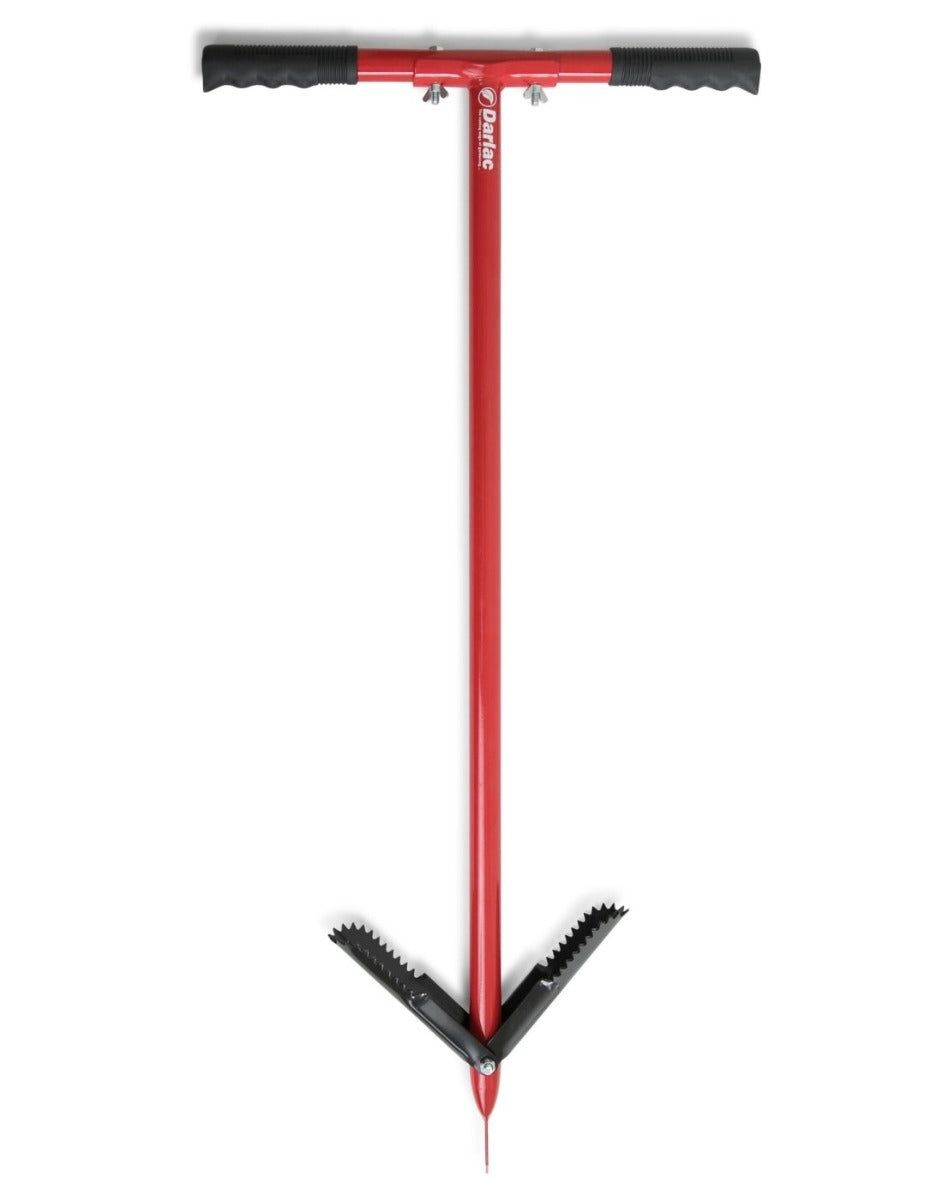
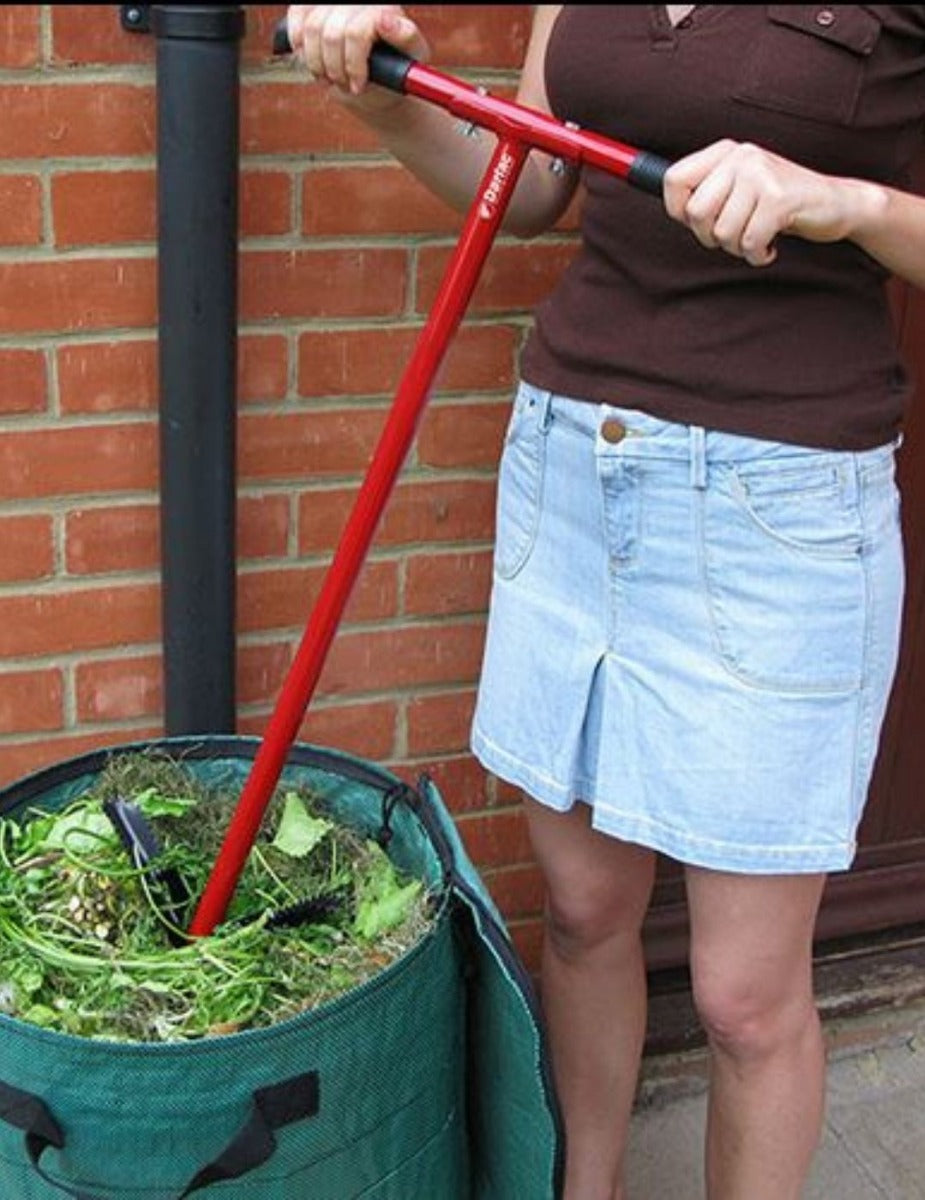
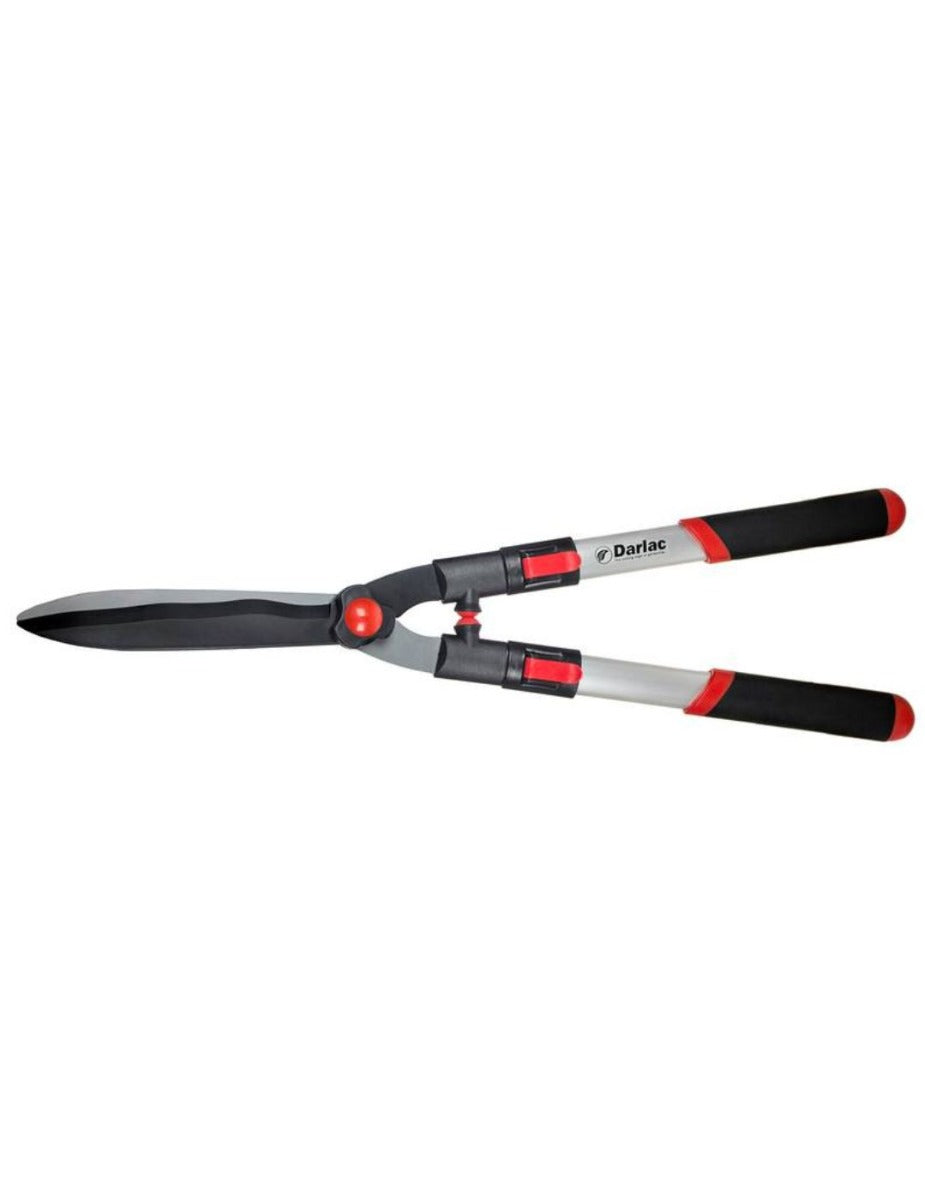
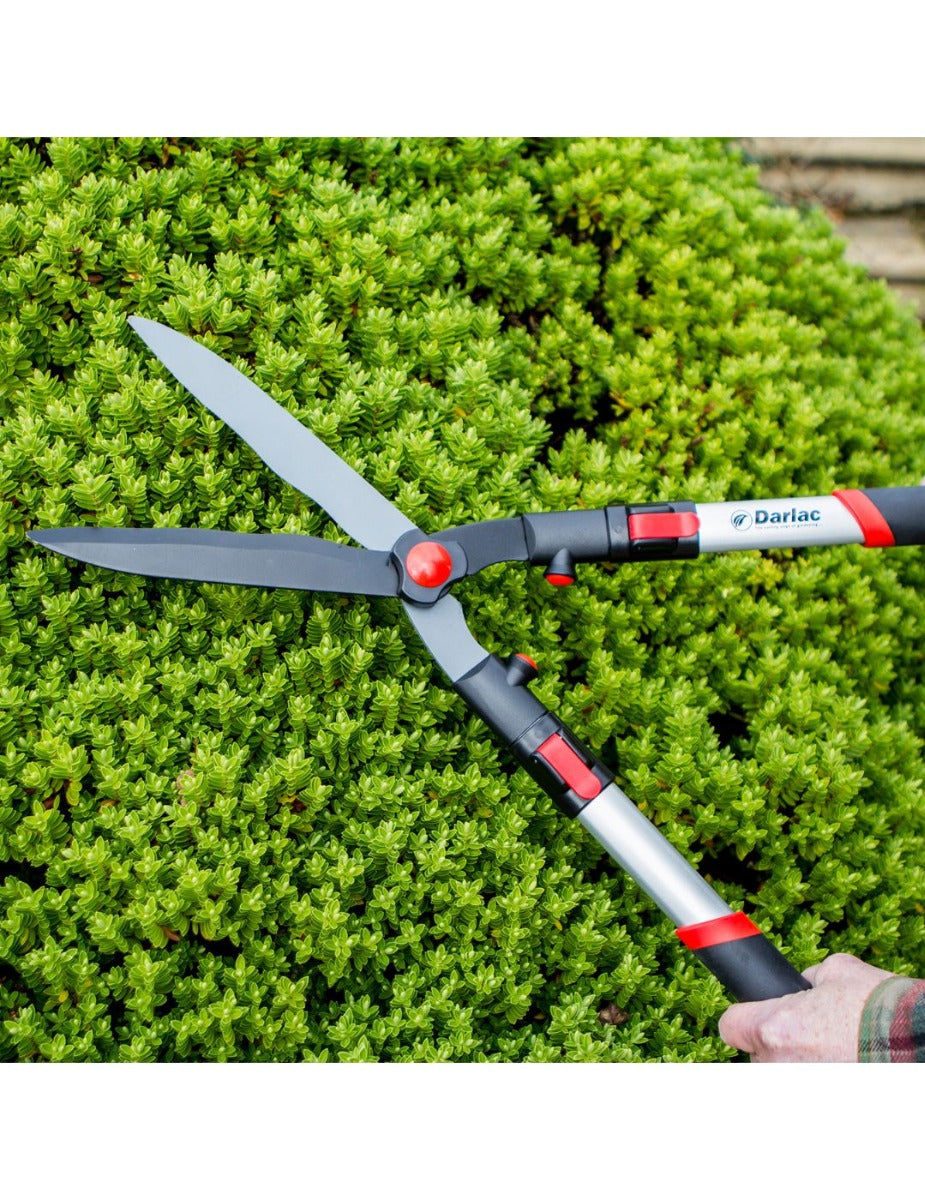
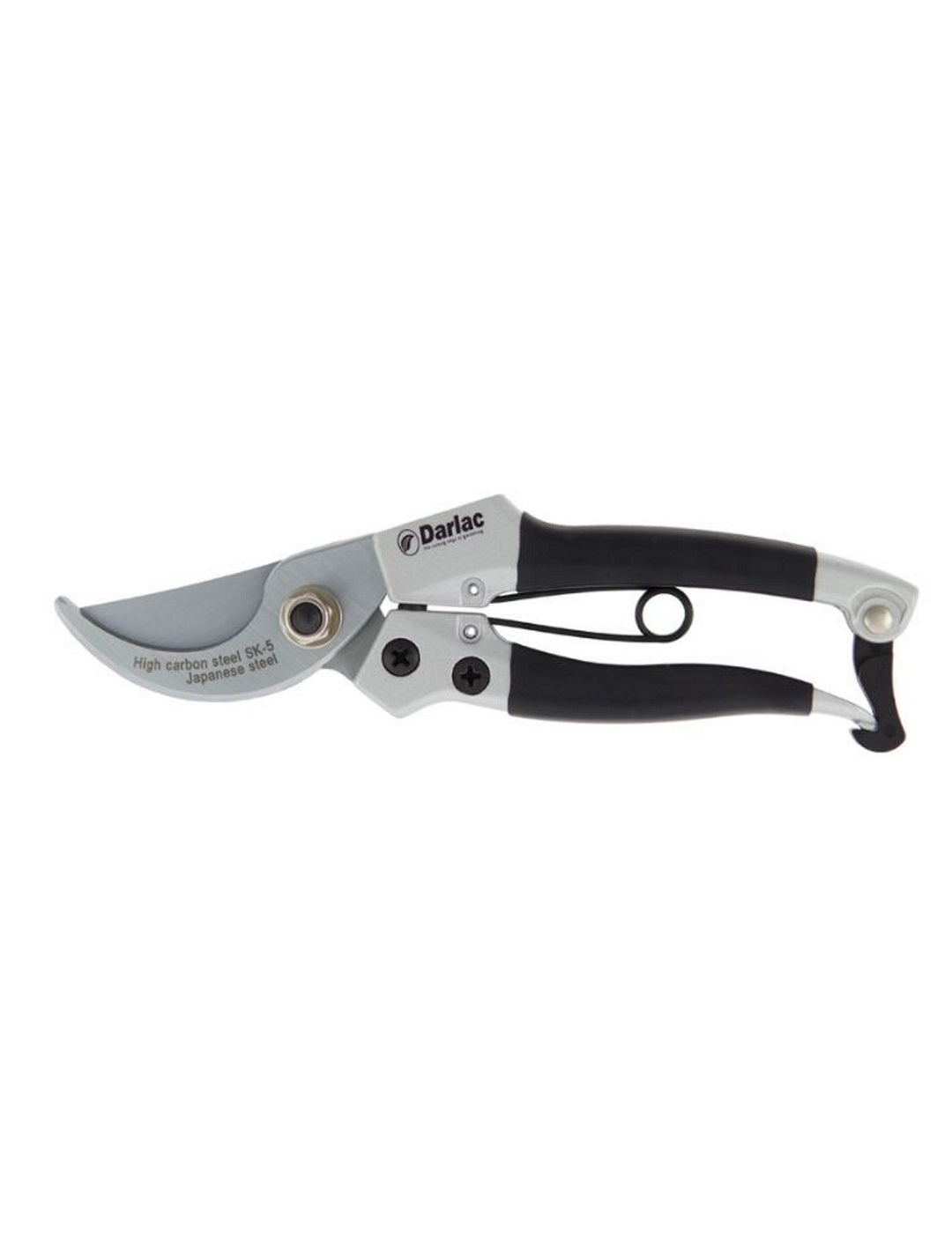
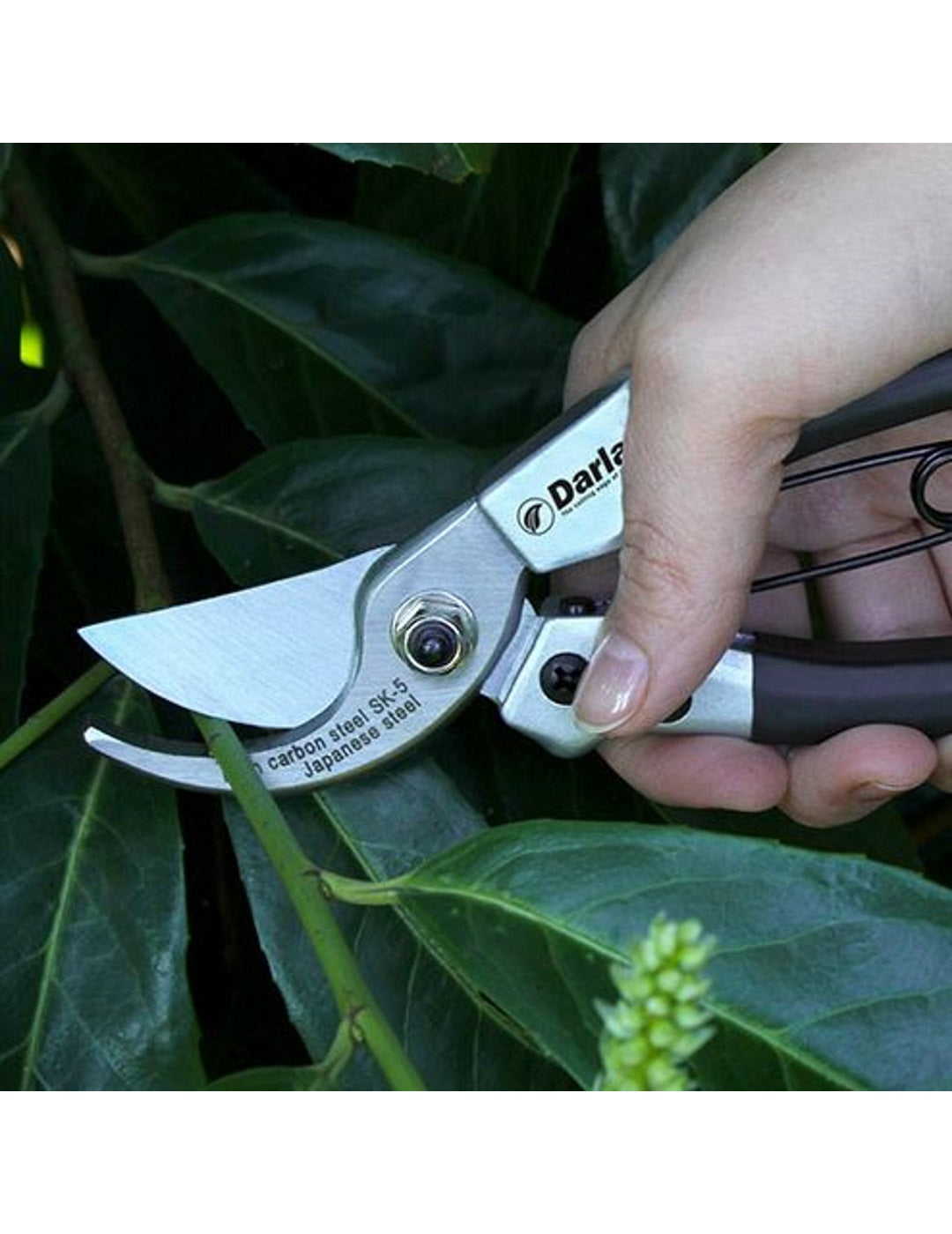
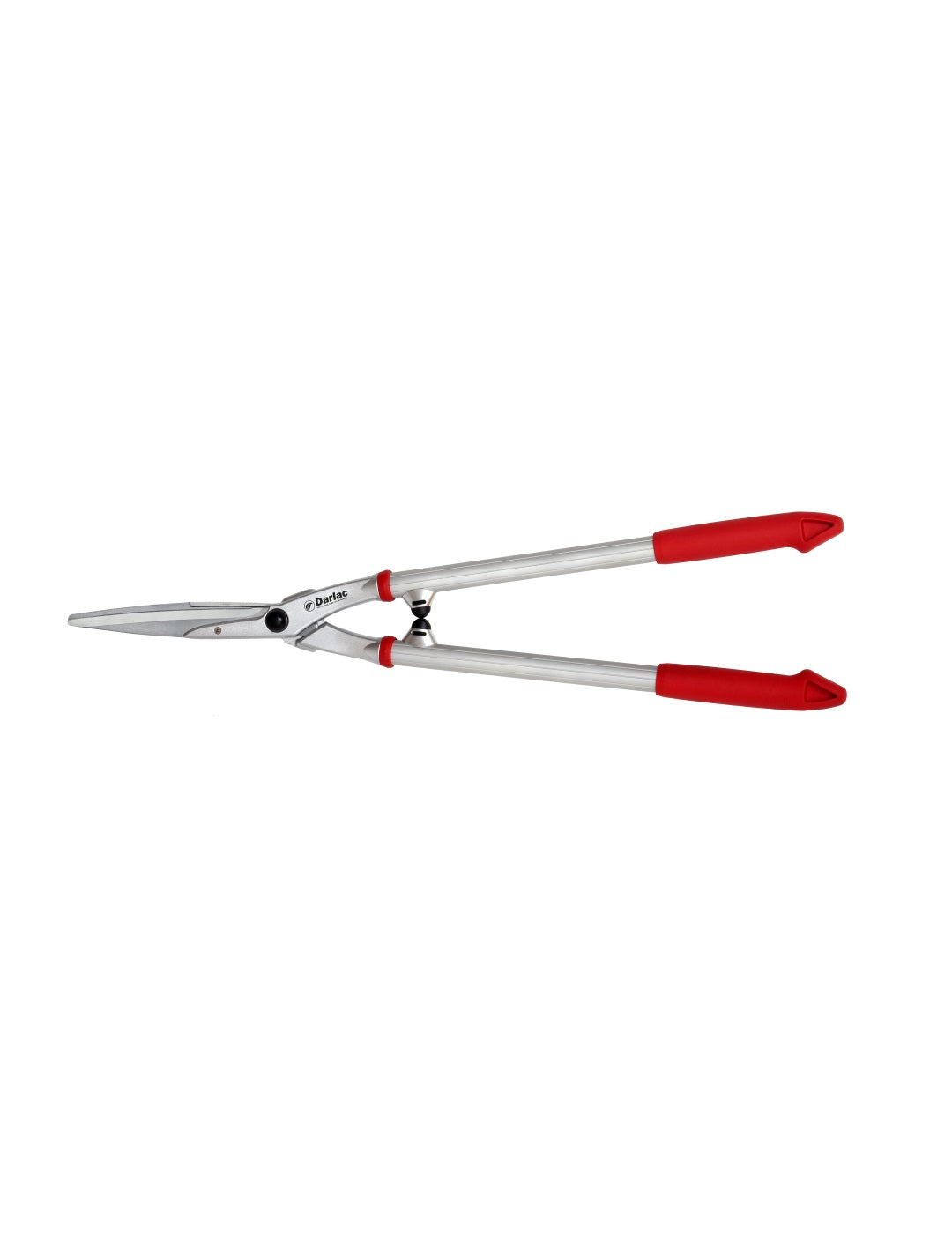
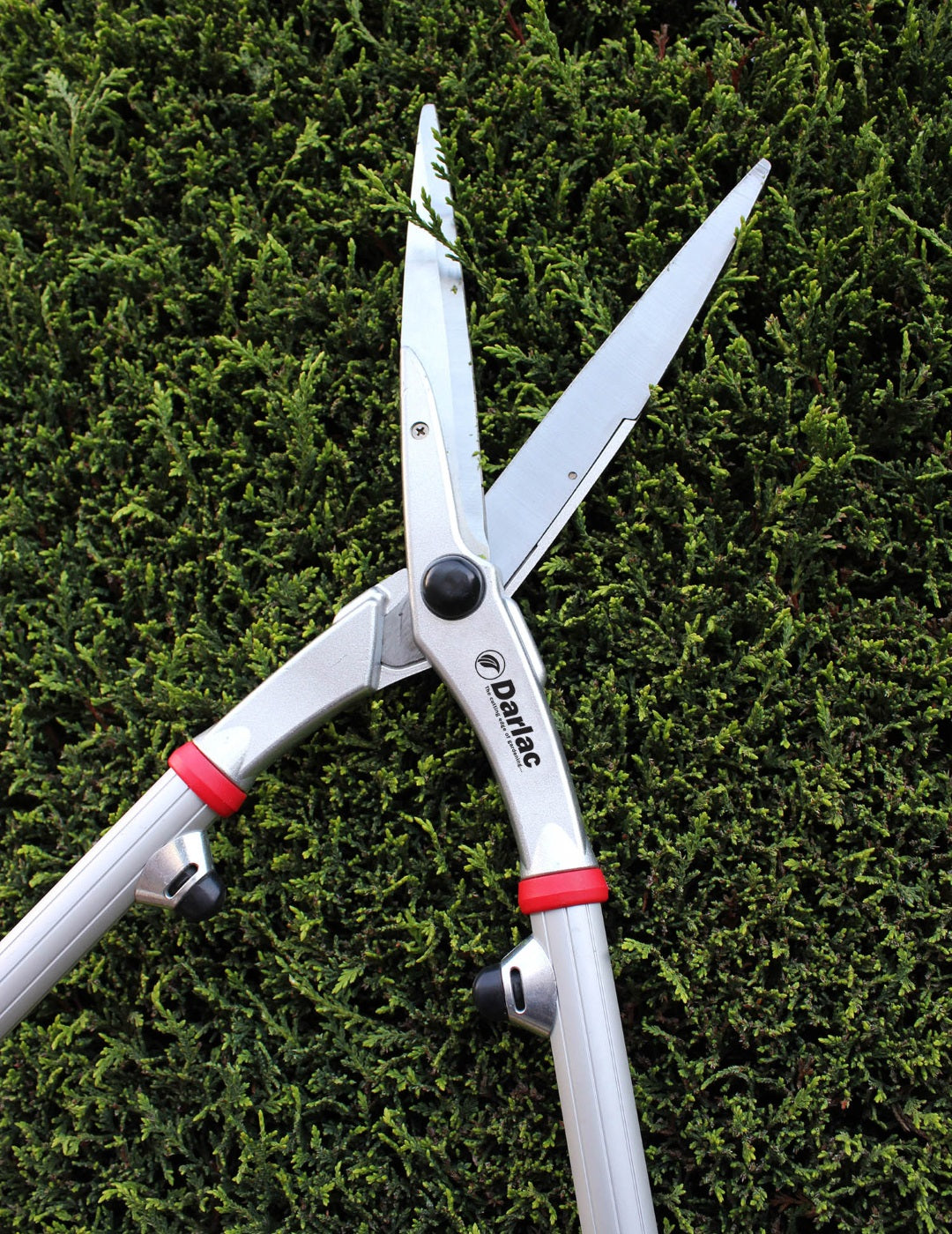
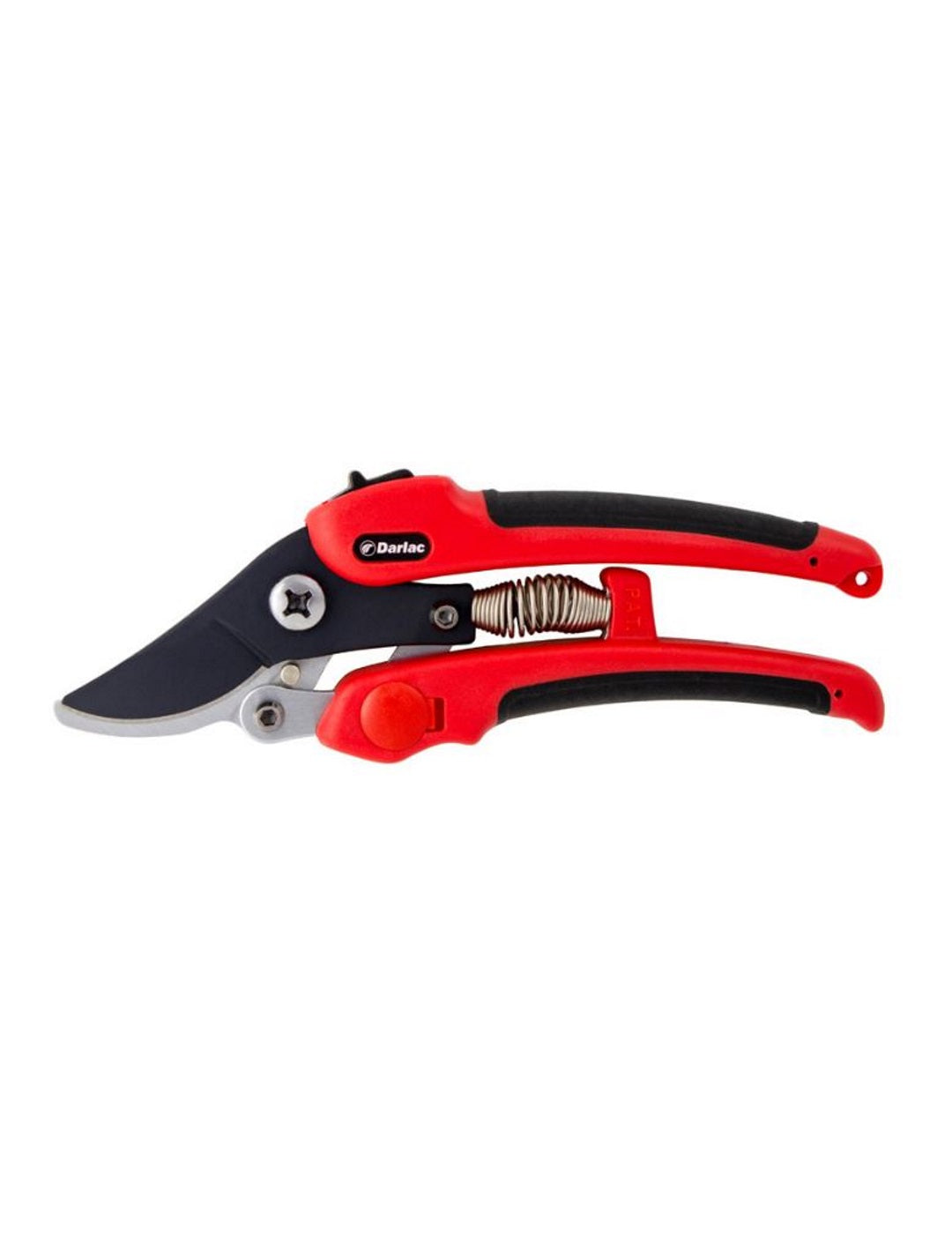
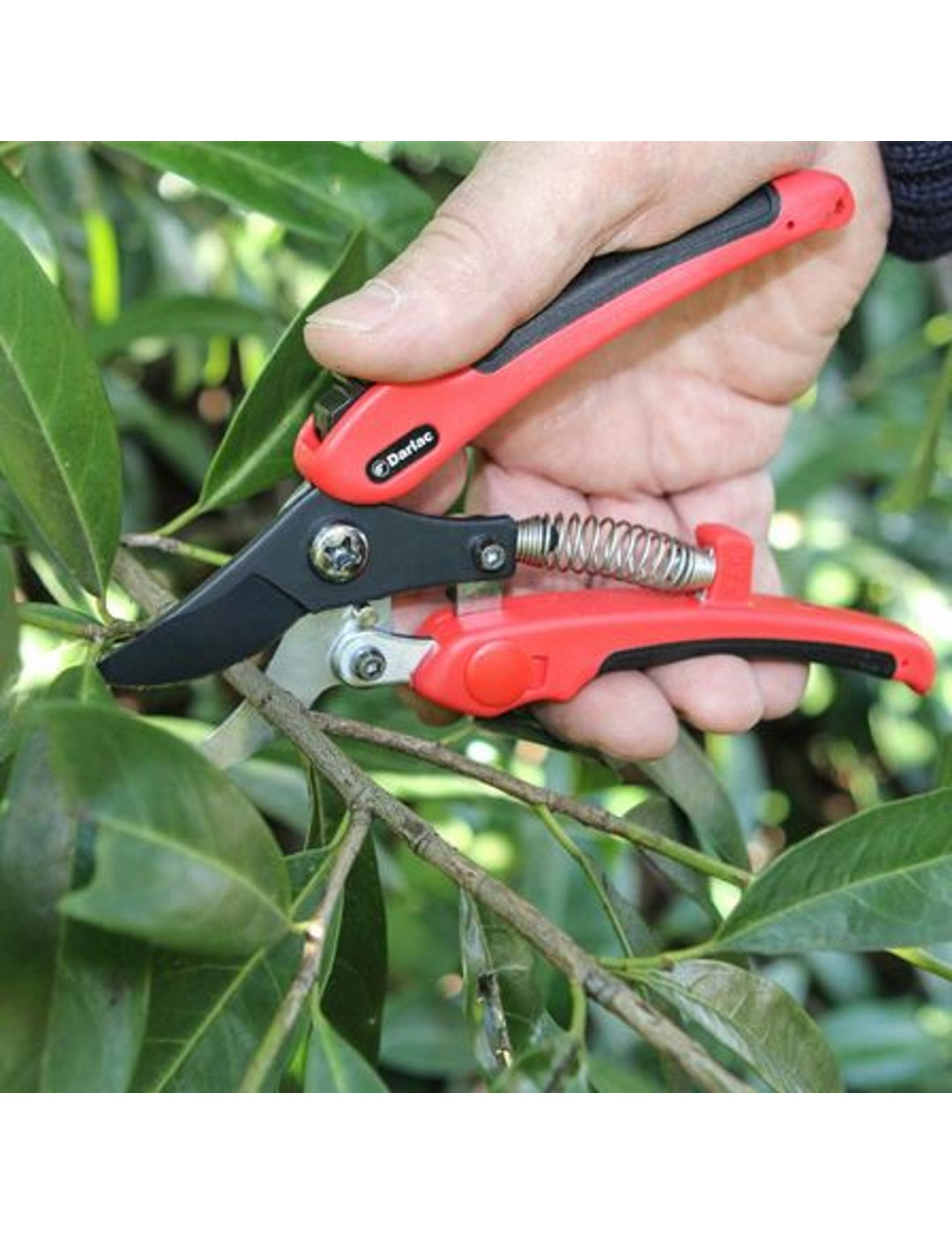
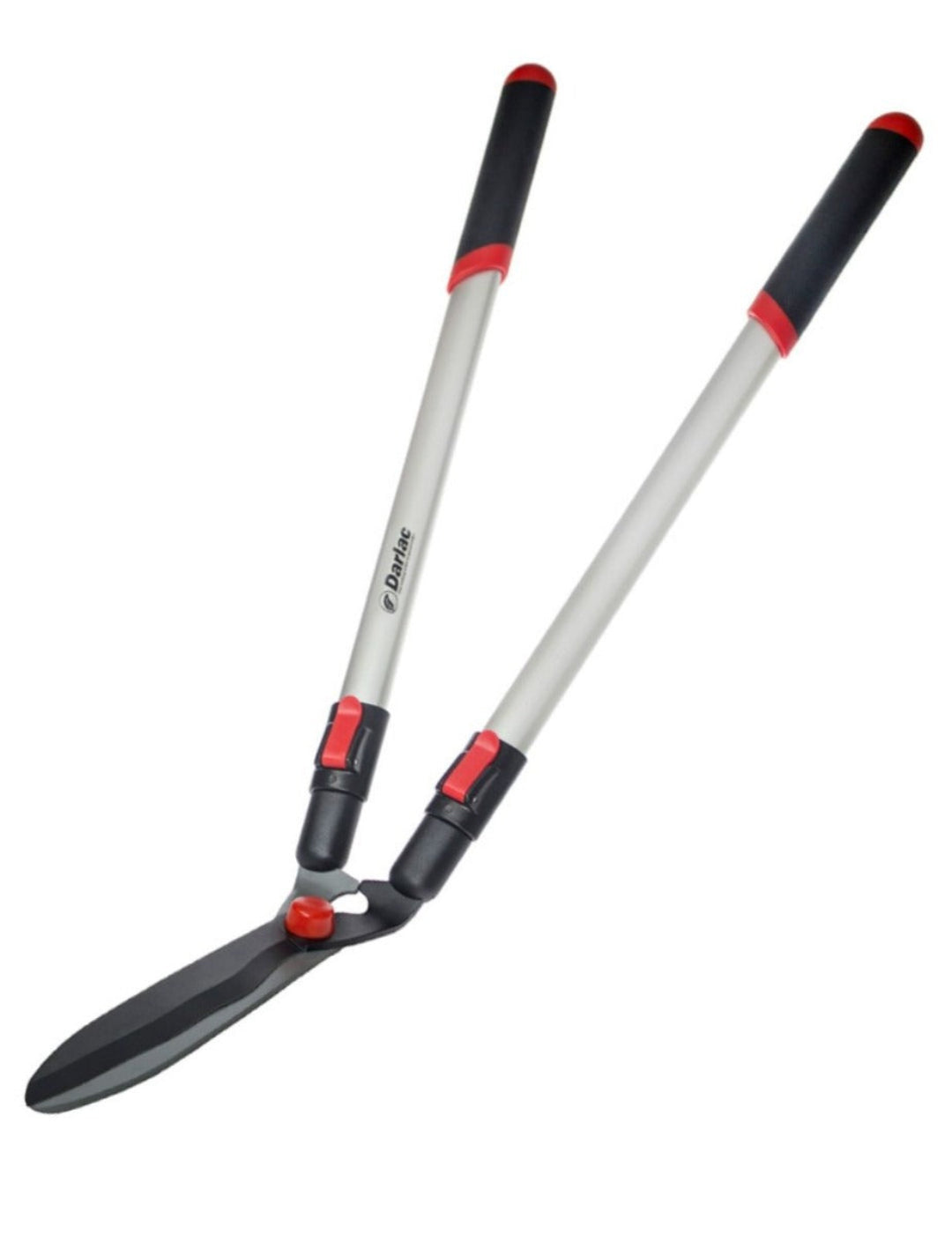
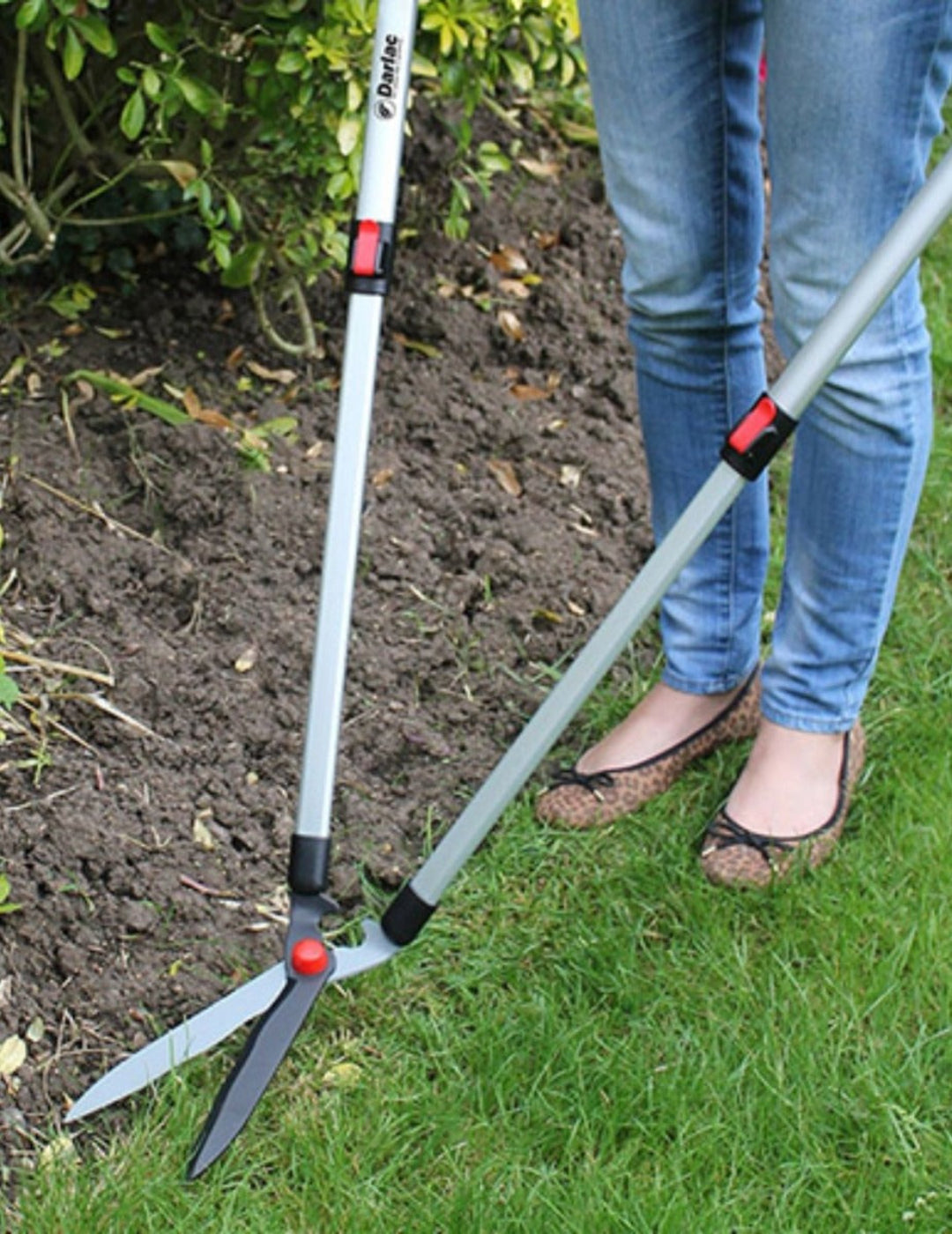
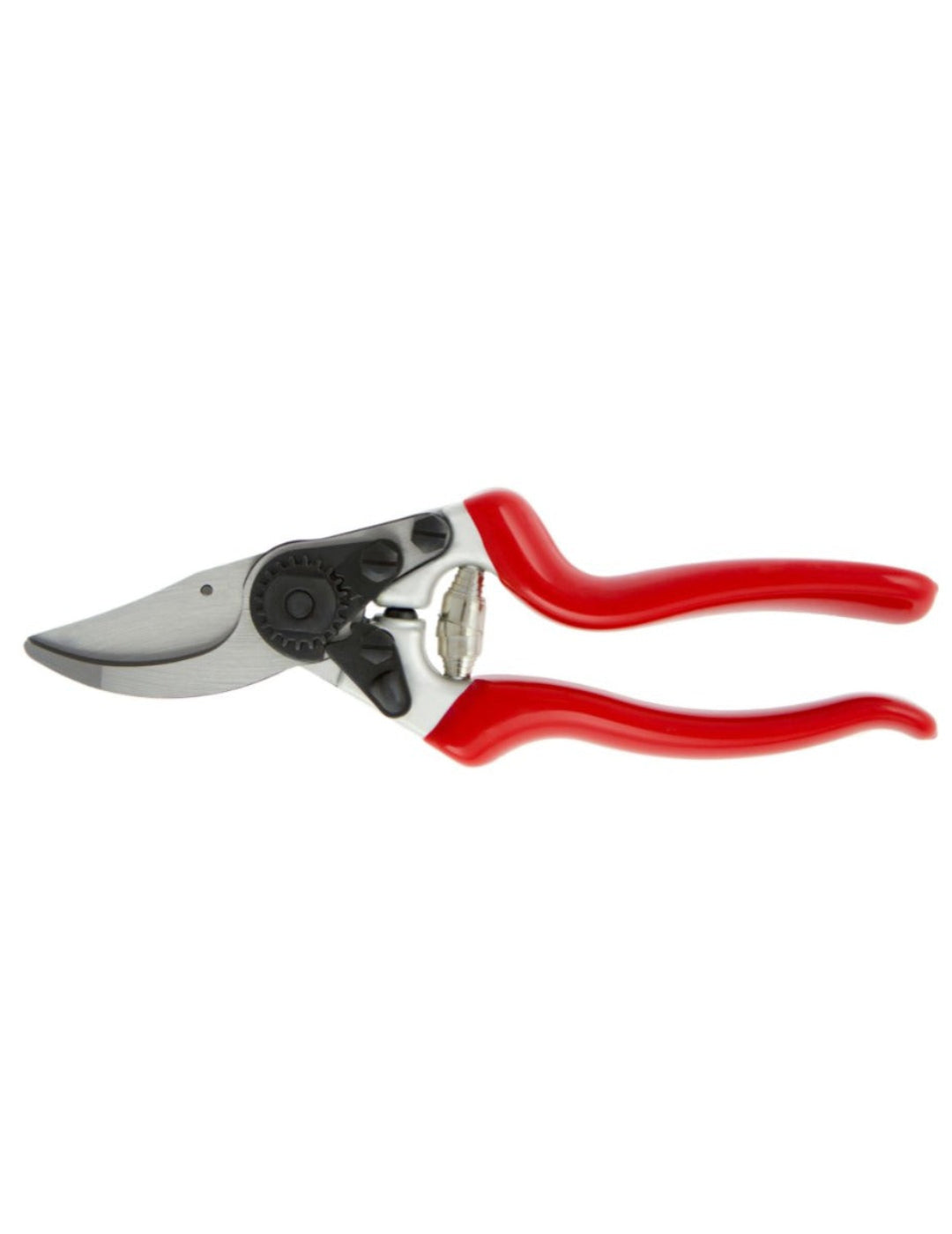
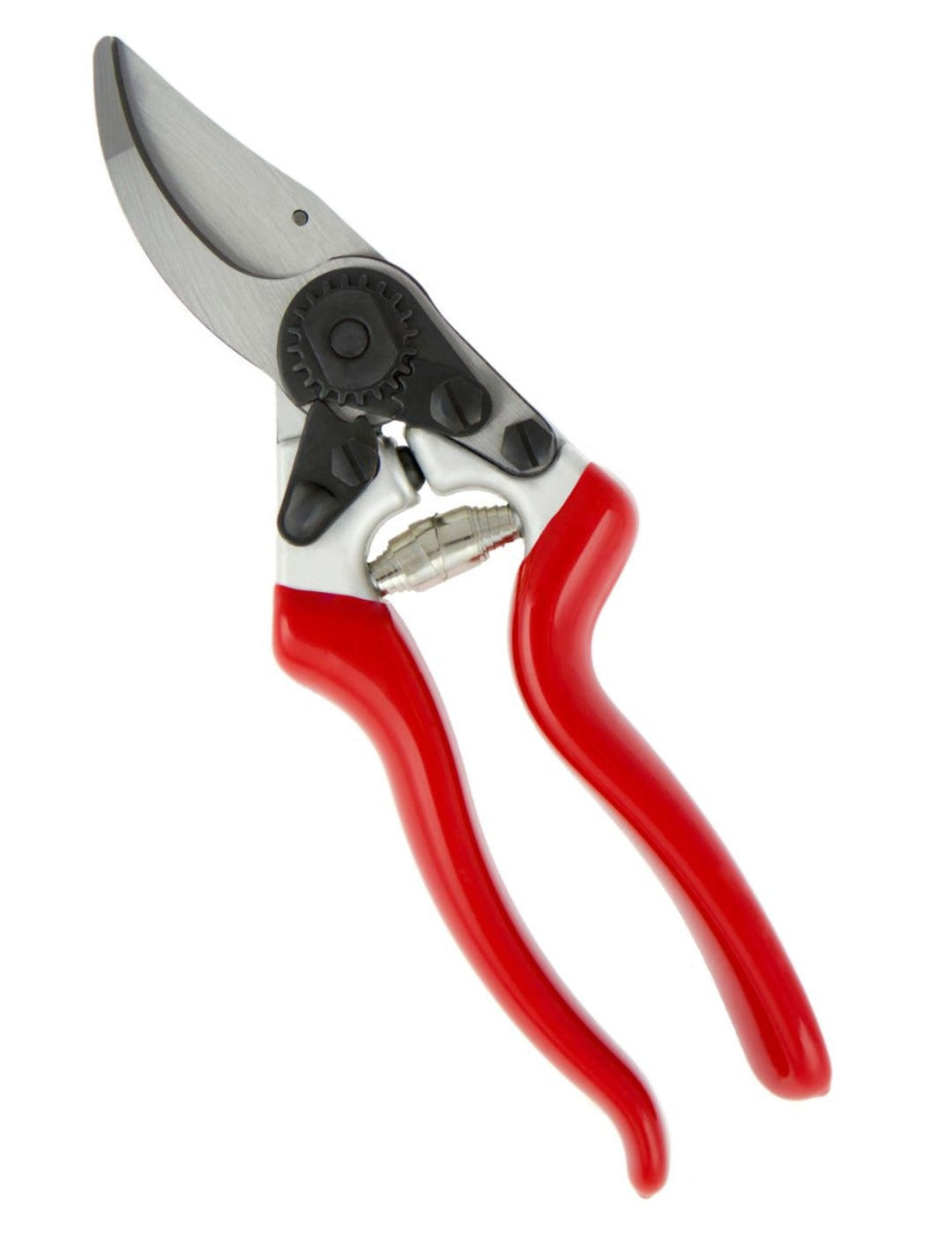
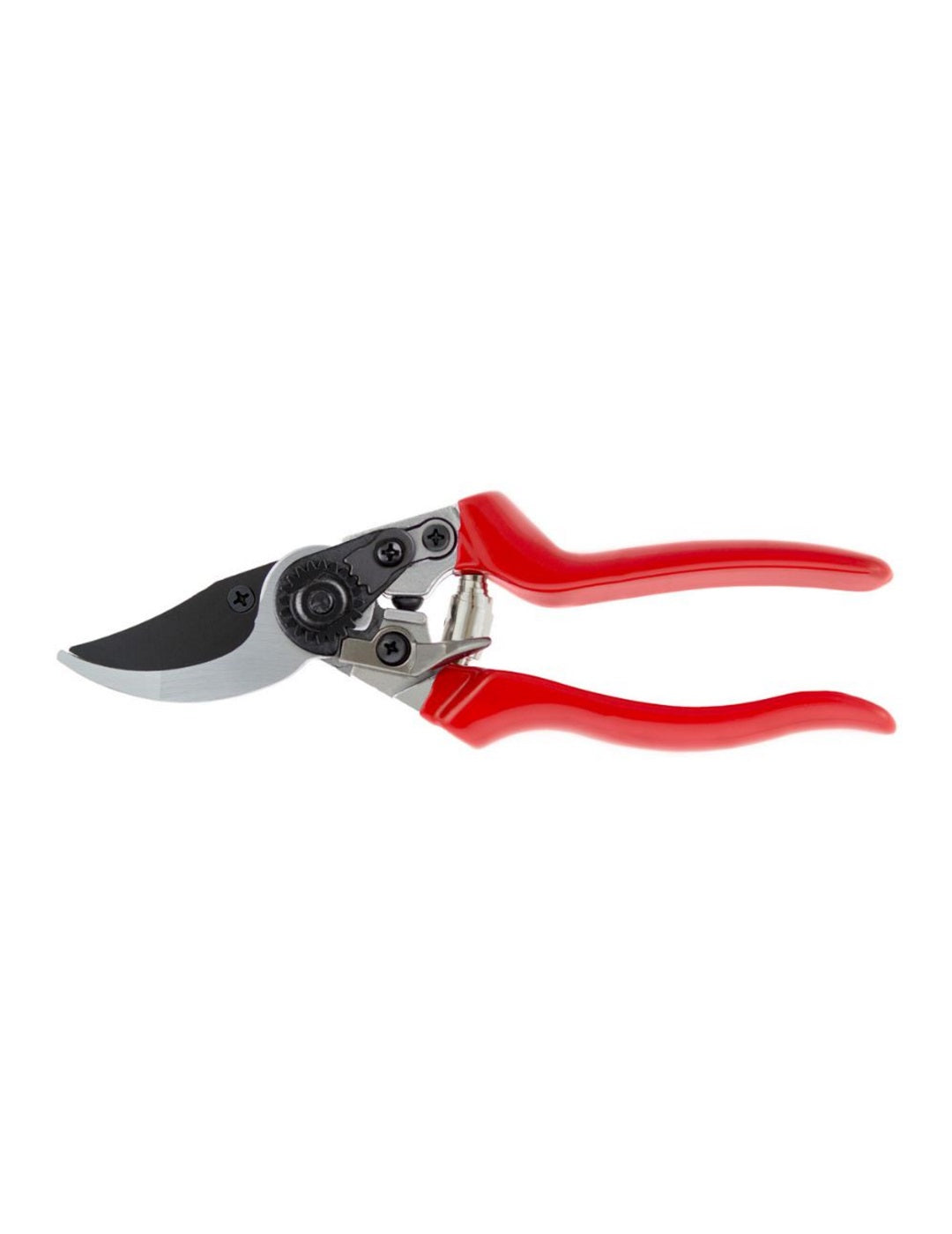
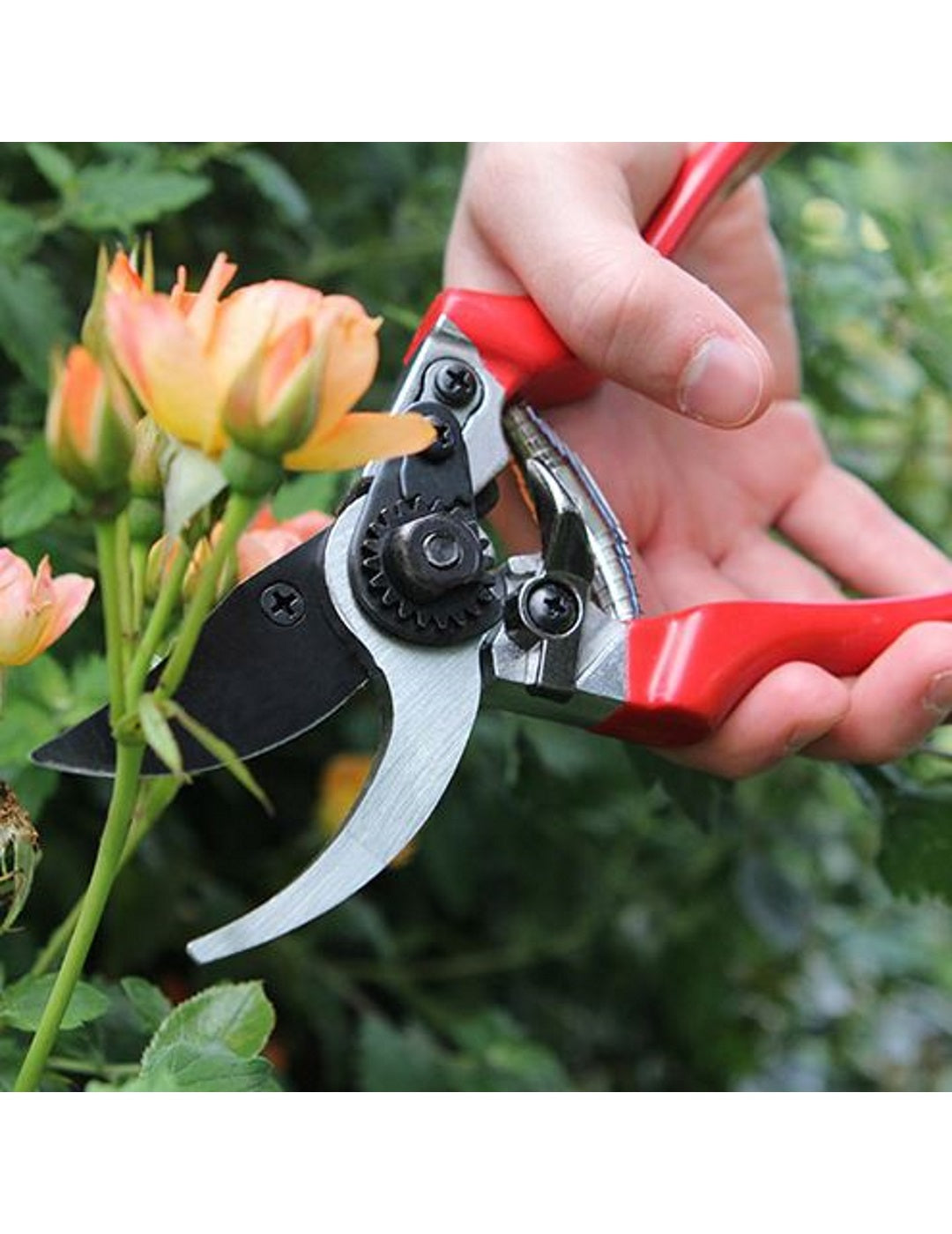
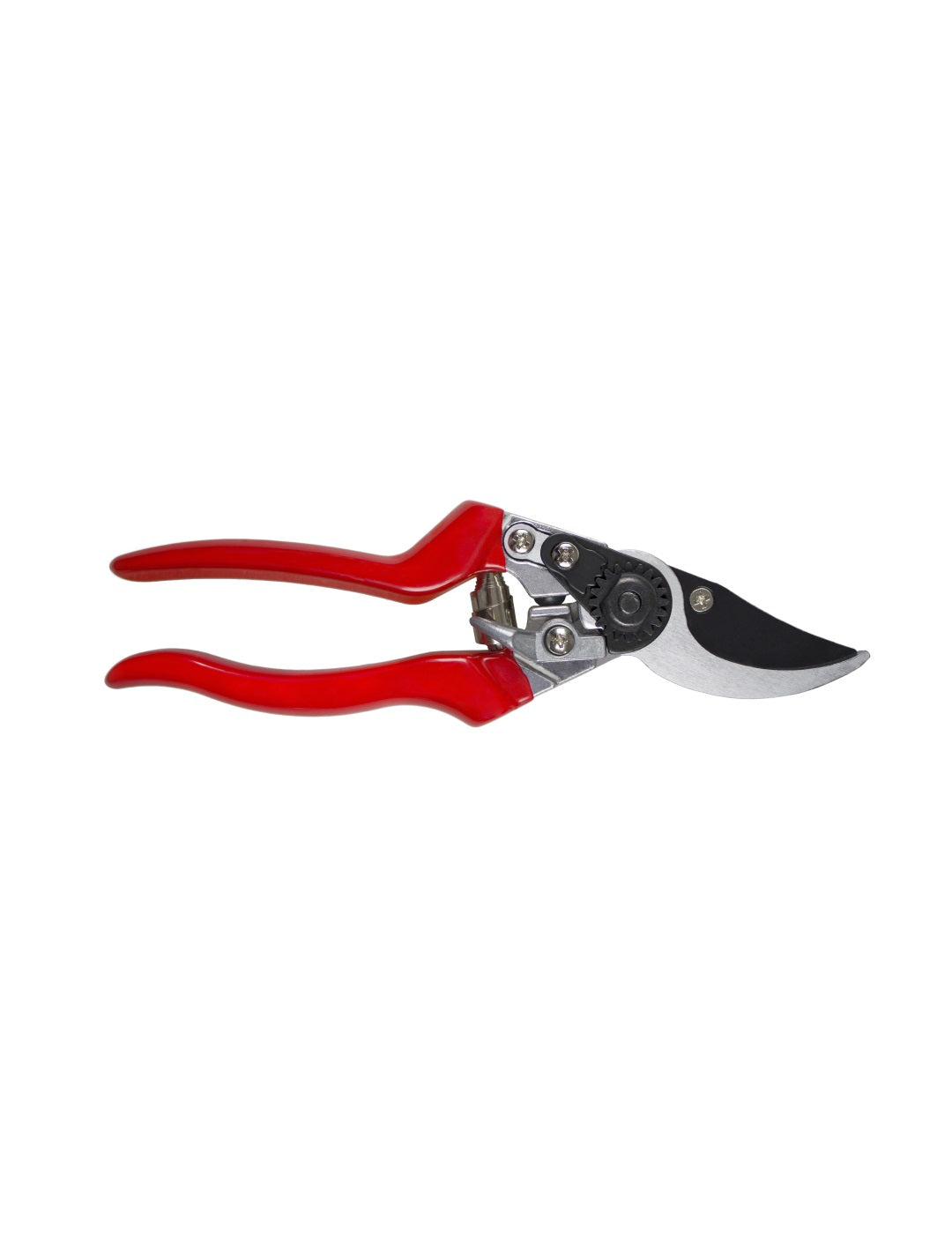
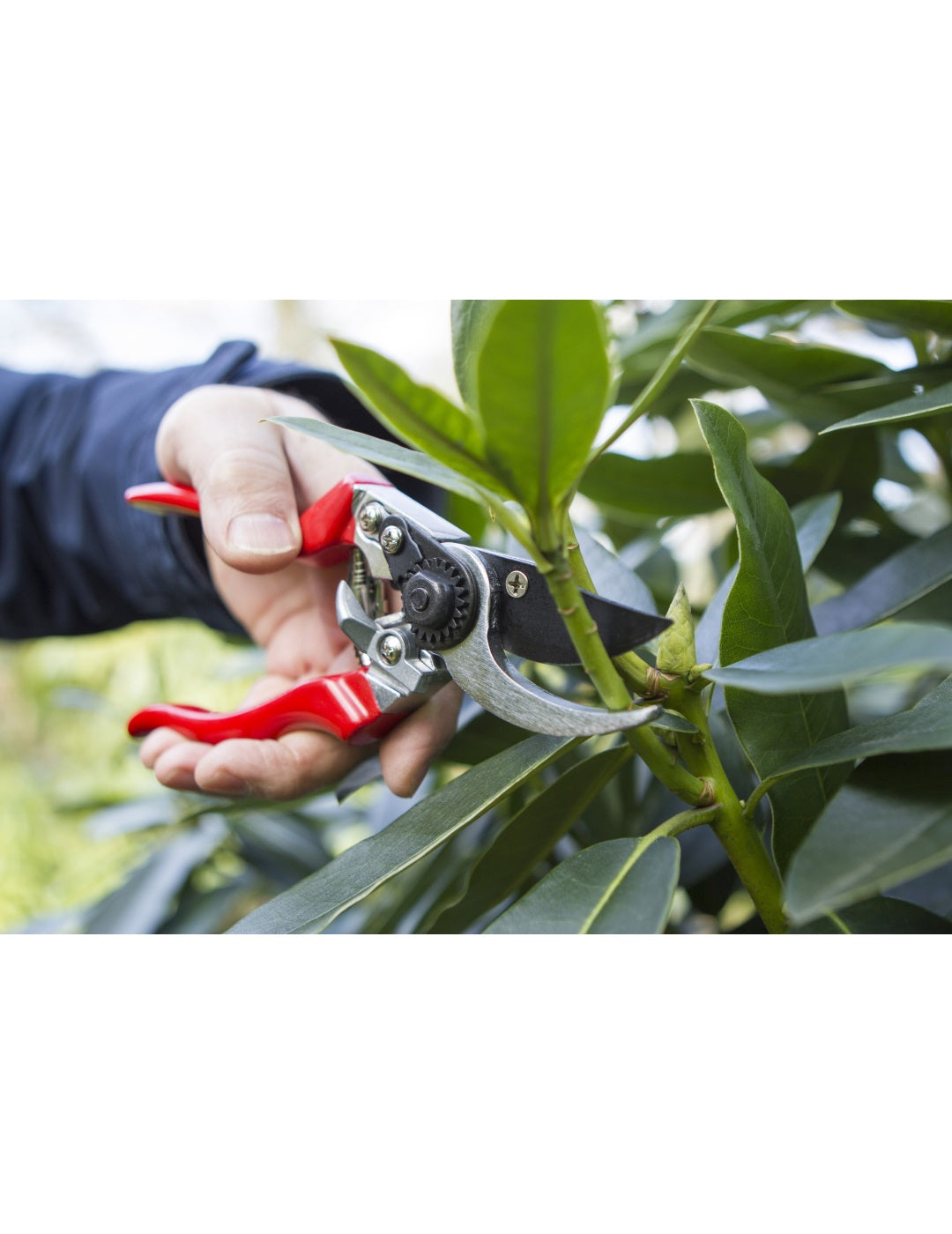
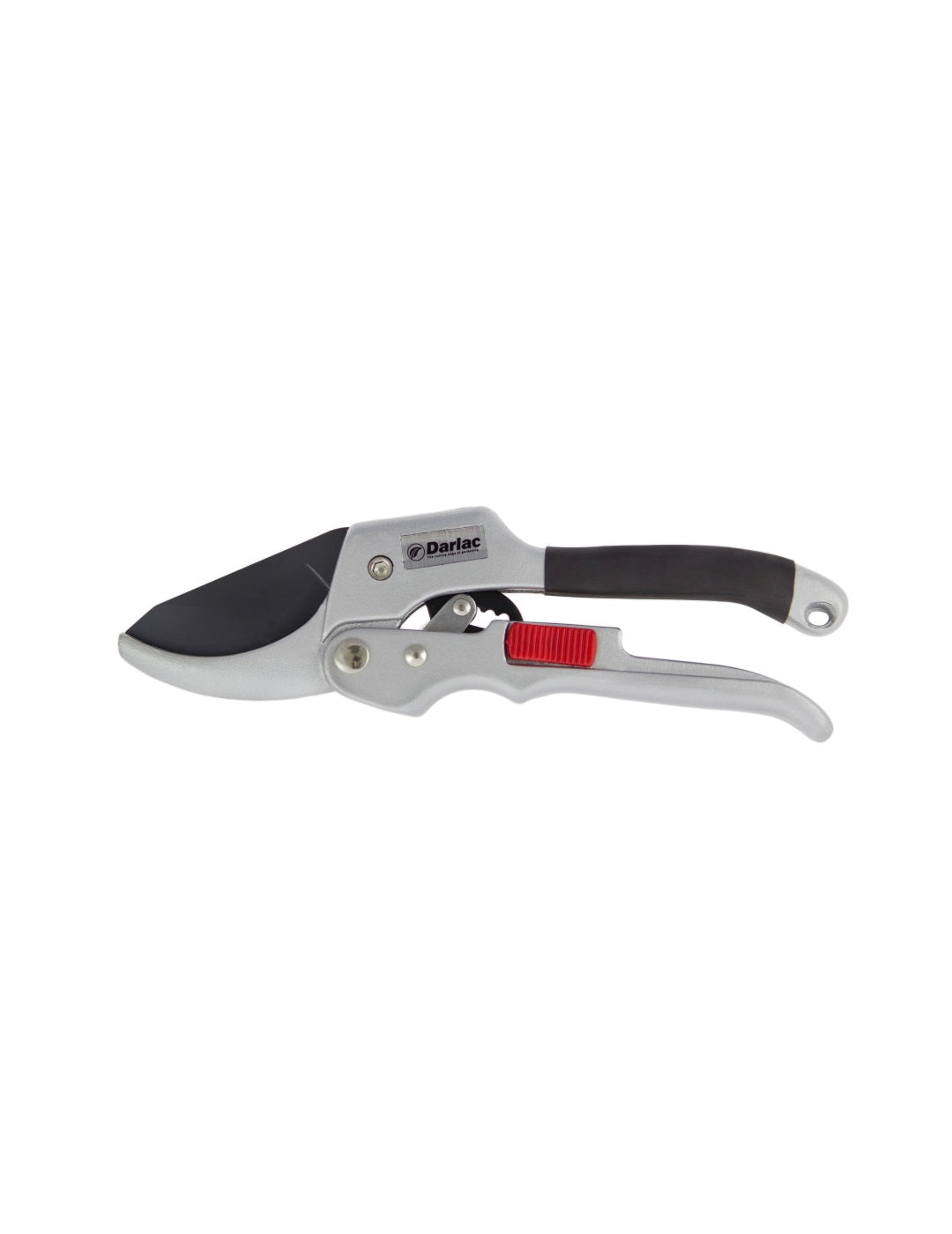
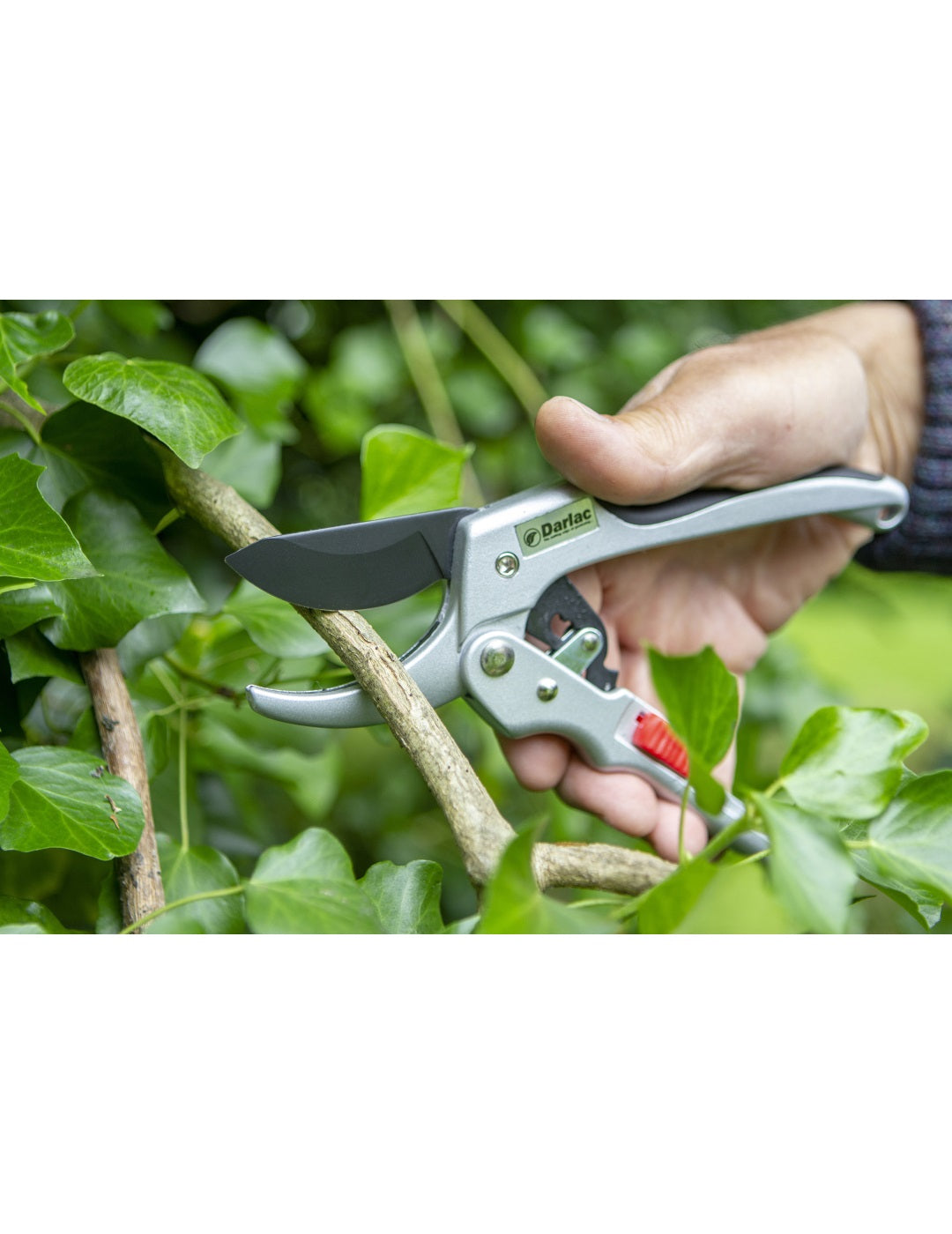
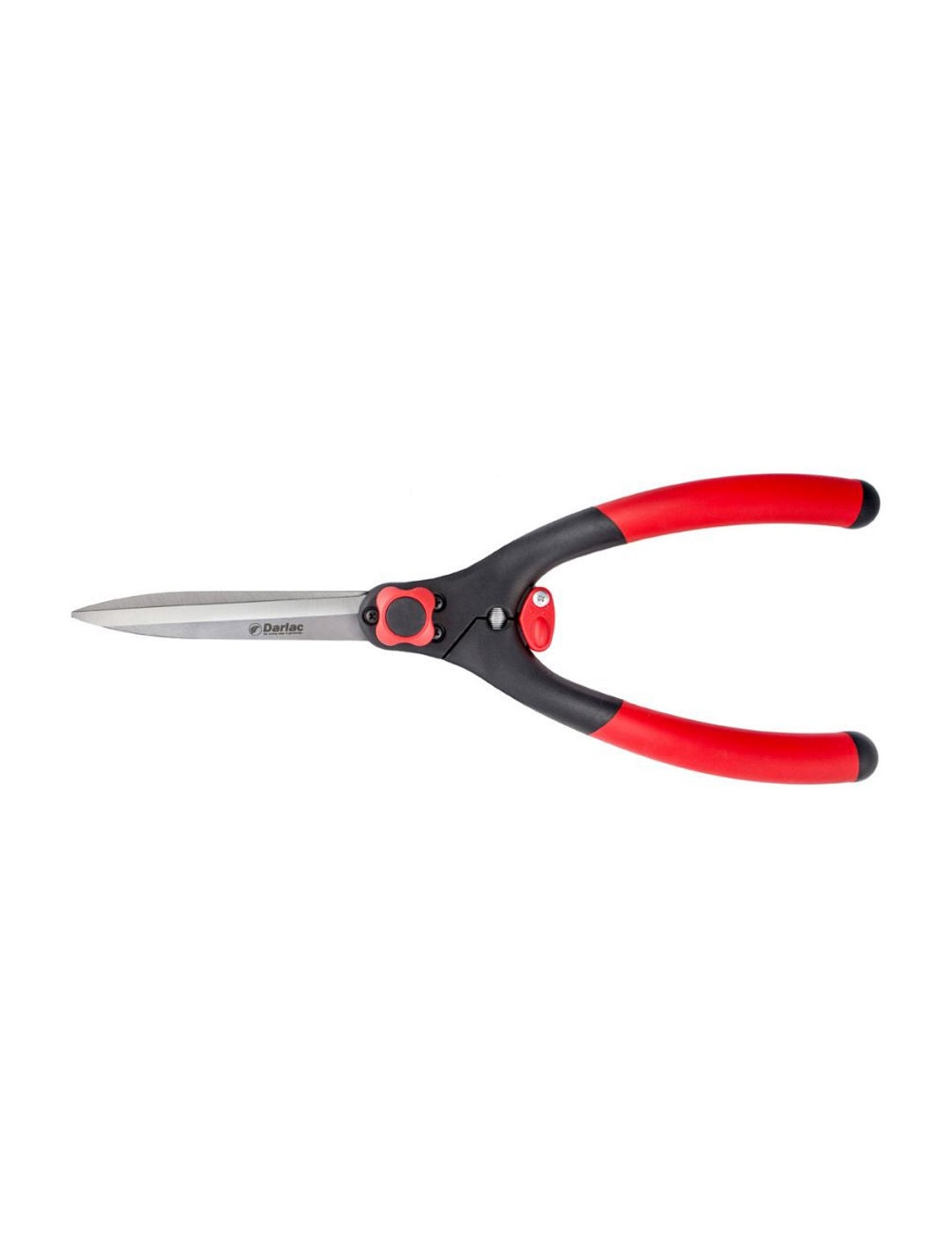
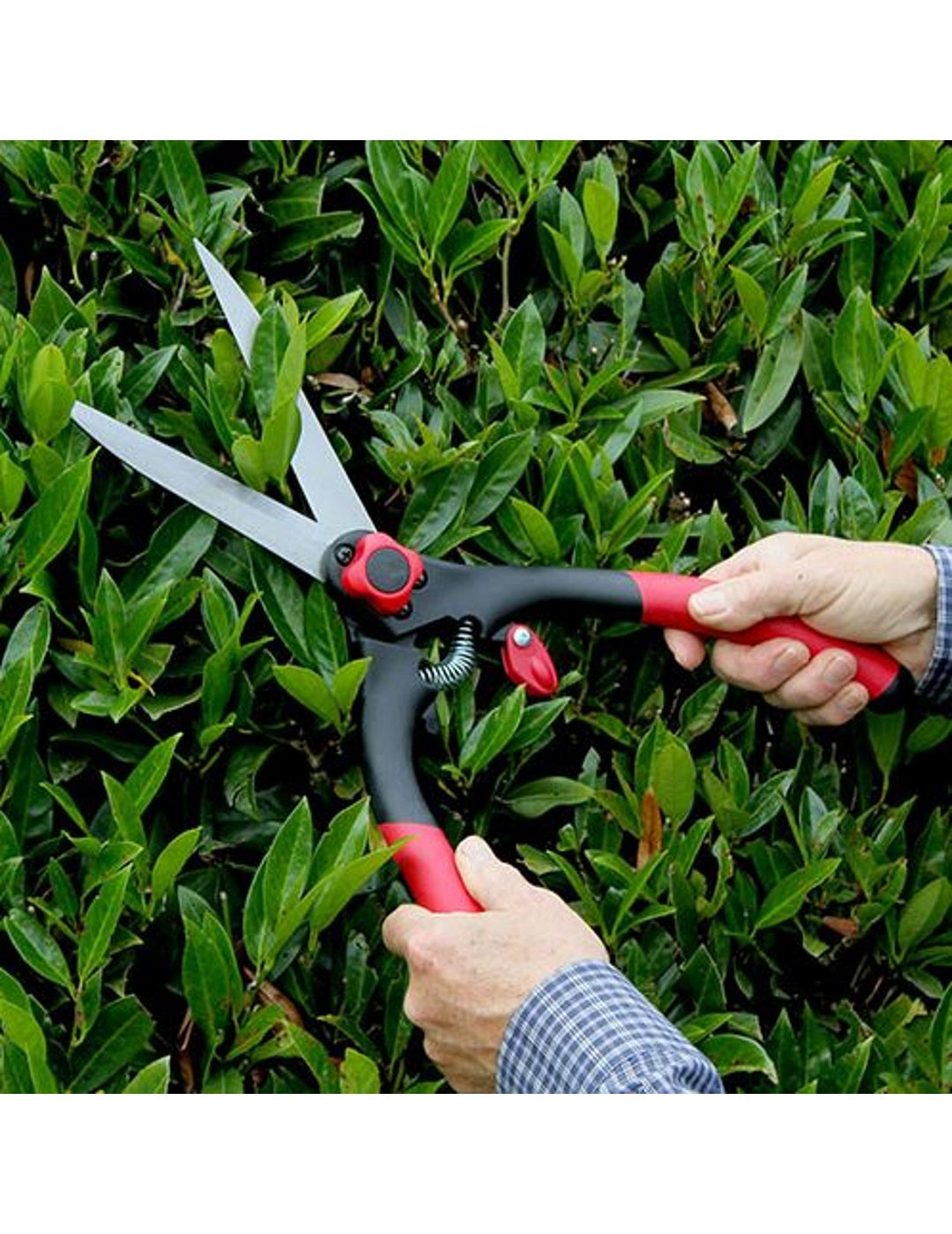
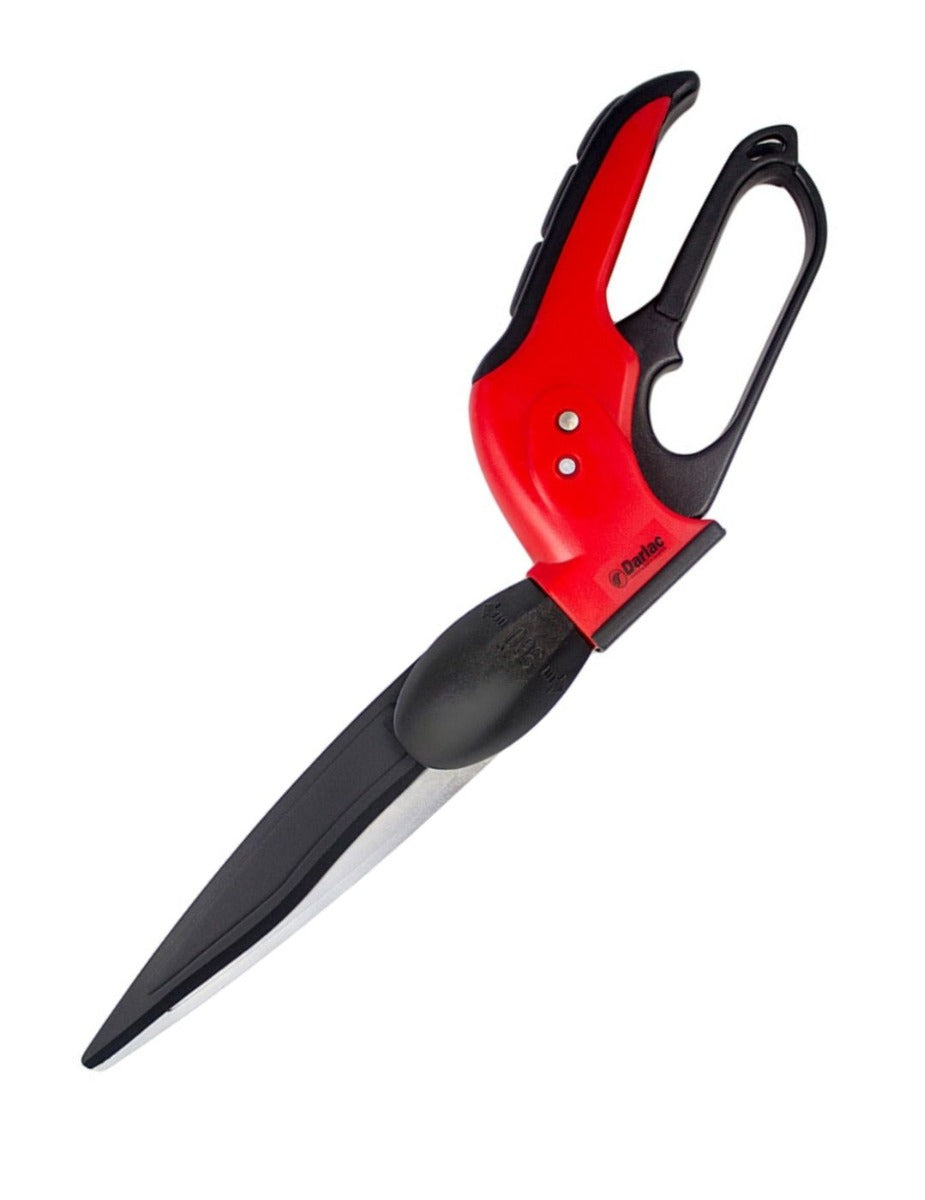
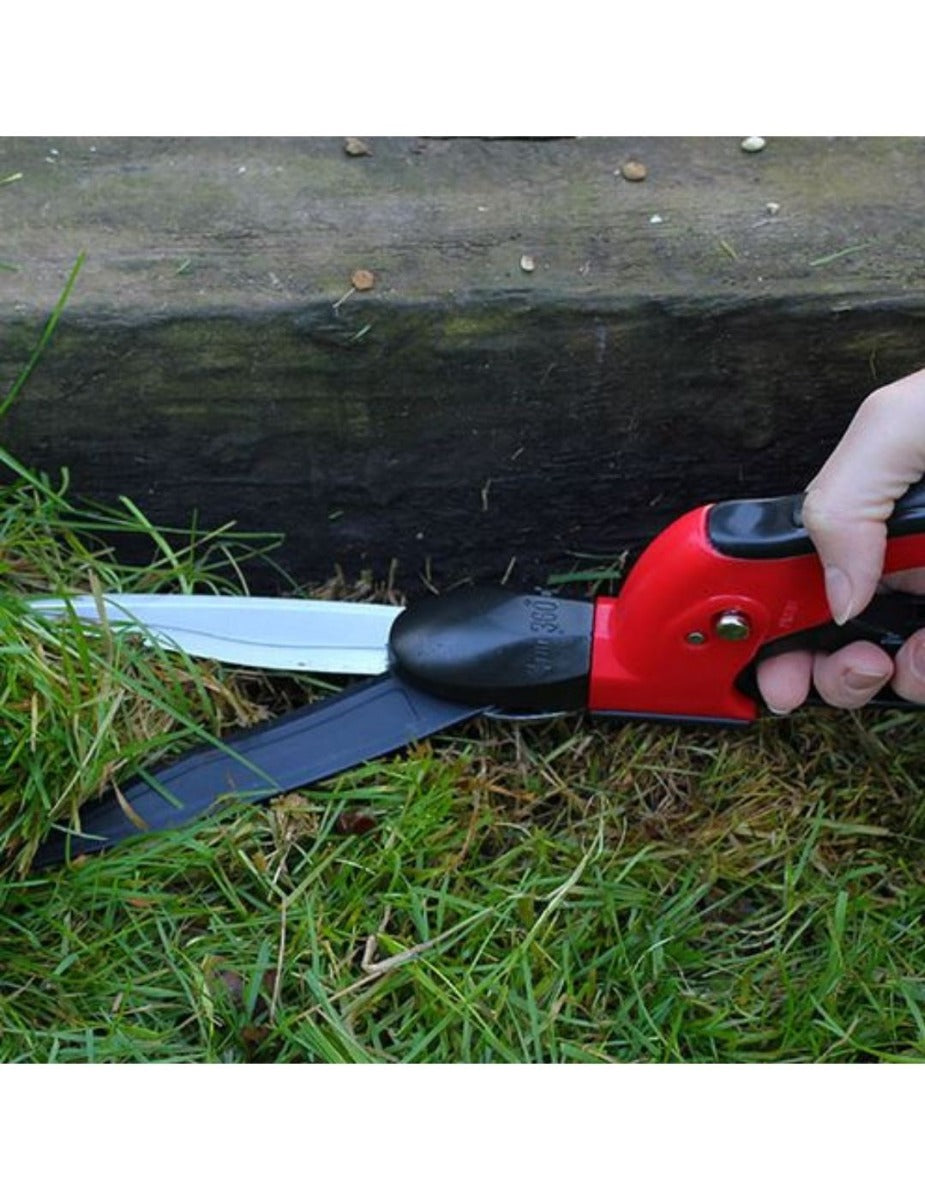
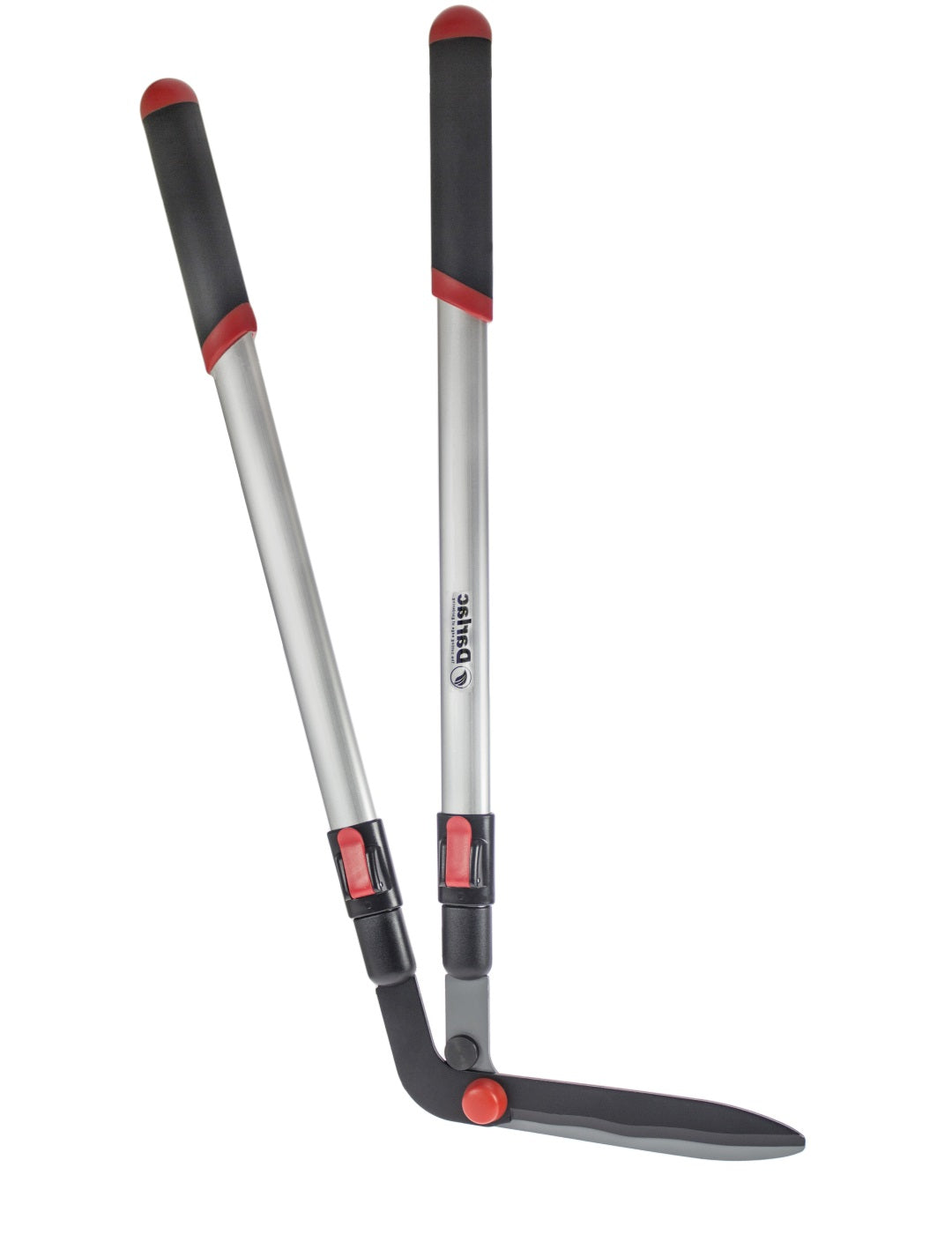
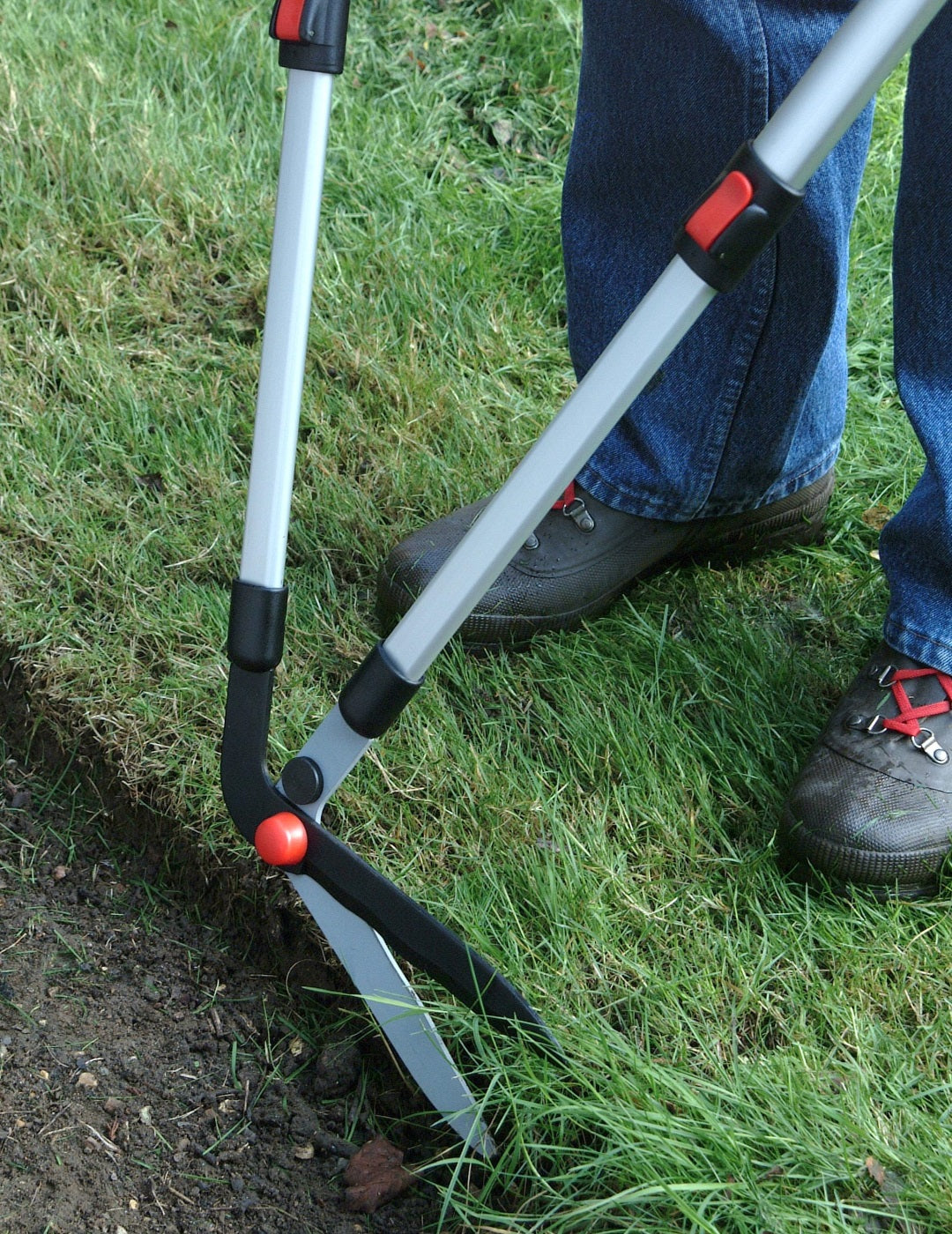
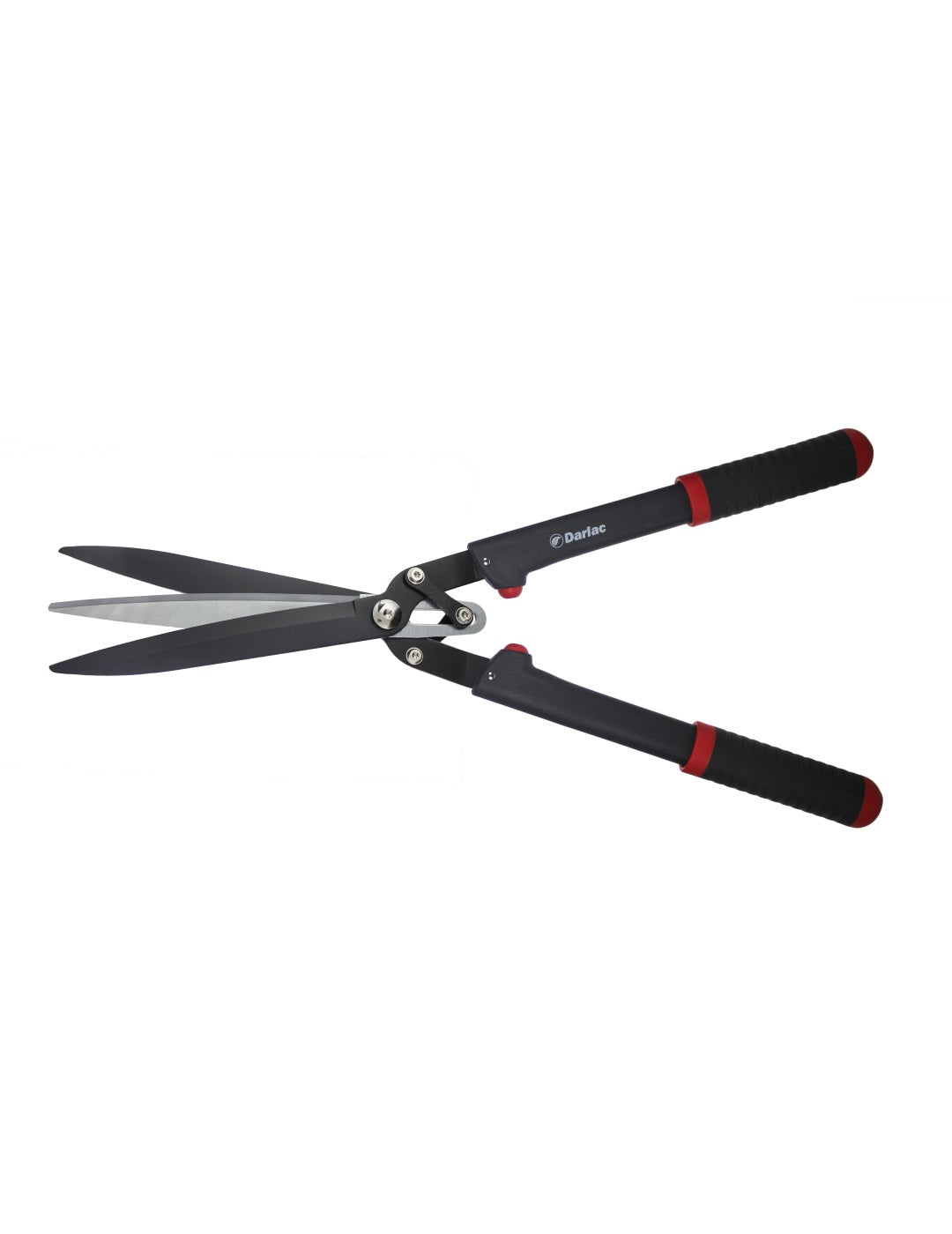
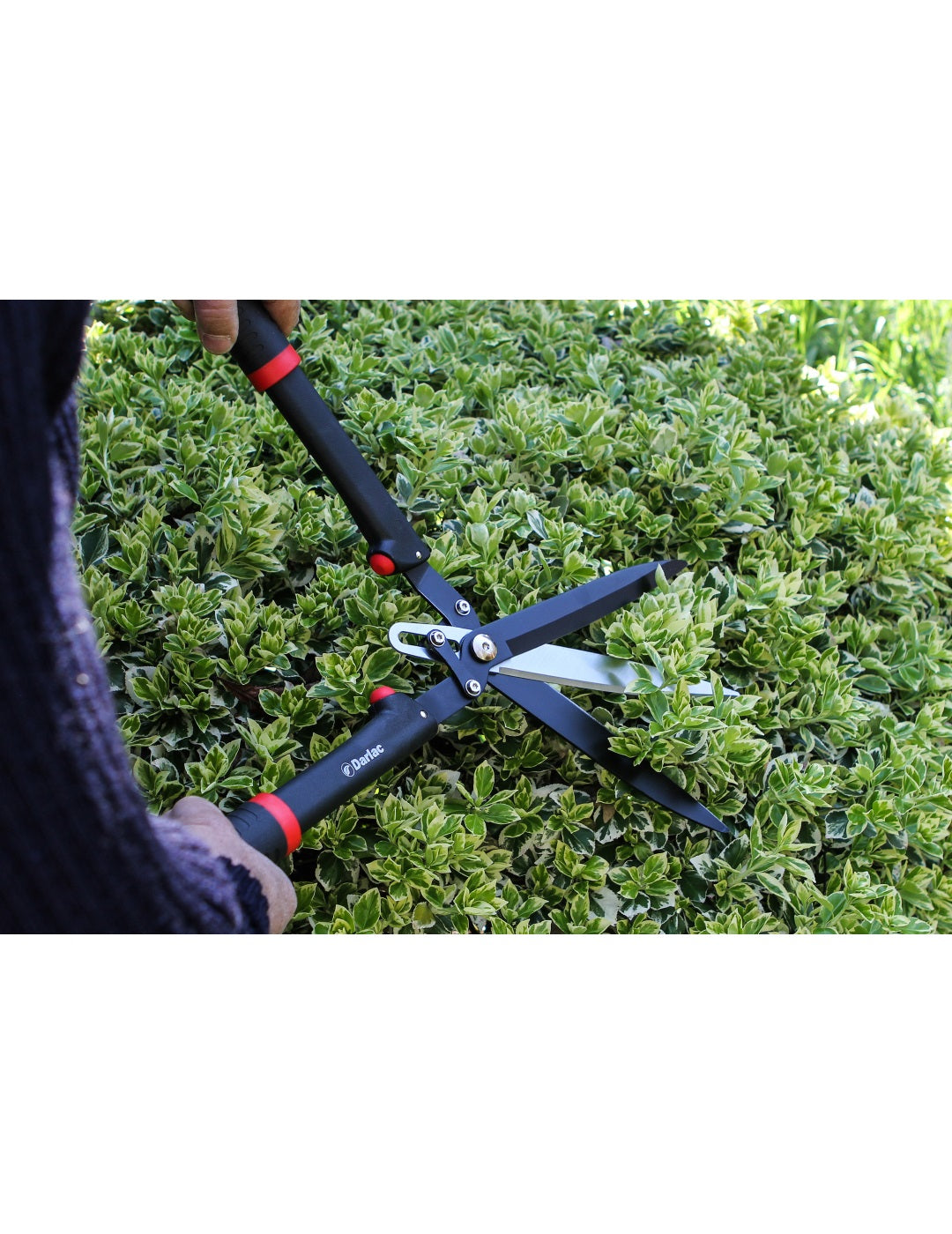

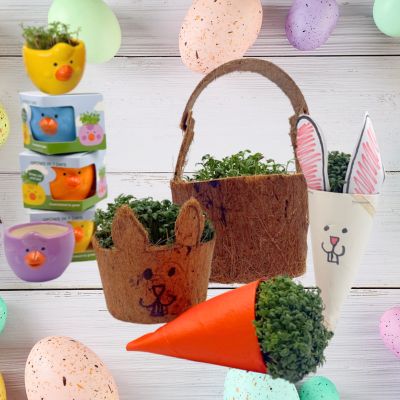



Leave a comment
All comments are moderated before being published.
This site is protected by hCaptcha and the hCaptcha Privacy Policy and Terms of Service apply.